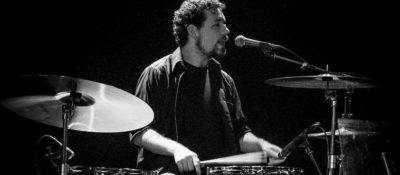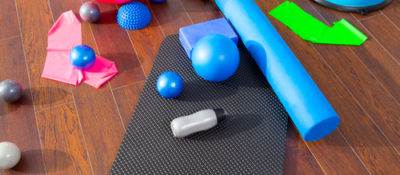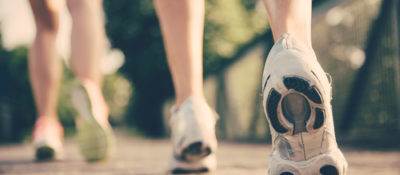Jason Lee is a Physiotherapist at Sitka Physio and Wellness that Specializes in Golf Assessment as a Certified TPI Medical Professional, Titleist Performance Institute (TPI)
Have you ever experienced lower back pain after a round of golf? Welcome to the club! Low Back Pain is the most prevalent injury associated with golf. Poor physical conditioning and poor mechanics can limit your performance and are associated with an increased risk for injury.
Poor Physical Conditioning
Poor physical conditioning plays a big role in limiting your swing mechanics. Some common issues include:
- Poor posture
- Poor neck, shoulder, trunk, hip, ankle mobility
- Poor core strength
- Poor coordination
Common Golf Swing Faults
Two common swing faults that are associated with Low Back Pain include:
- S-Posture
- Reverse spine angle
S-posture is a common setup position at address. It is characterized by sticking out your butt and arching your low back. Excessive arching in the low back will limit your hips from rotating. This in turn, changes your lower body position as you follow through your downswing. S-posture is associated with tight hip flexor/low back muscles and weak abs/glutes.
Reverse spine angle is the number one swing fault associated with Low Back Pain. This swing fault is characterized by excessive upper body extension (bending back) as the club is drawn back during the backswing. Reverse spine angle is associated with an inability to coordinate separate trunk and pelvis movements, poor hip mobility and poor core strength.
Simple Golf Recommendations to Decrease Low Back Pain
Simple recommendations to decrease Low Back Pain during the season include:
- Improving physical conditioning before the season starts
- Warming up before you play, (~15 minutes)
- Using a push cart instead of carrying your clubs
- Rotating through the hips instead of lateral sliding during your backswing
- Avoiding excessive upper body extension as you finish your swing
At Sitka Physio and Wellness we provide a comprehensive golf screen. It aims to prevent injury, return to golf after injury, and remove physical barriers to improve performance. Treatment recommendations may be as simple as prescription of specific functional movements and exercises, or referral to one of our group classes to improve body awareness, coordination and decrease muscle tension. Some conditions will require more intensive physiotherapy treatment. This may include manual therapy, acupuncture/IMS and functional movement



